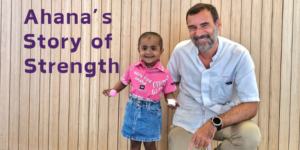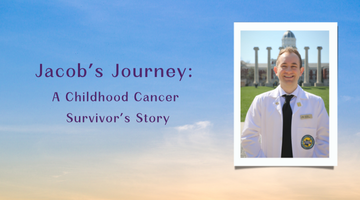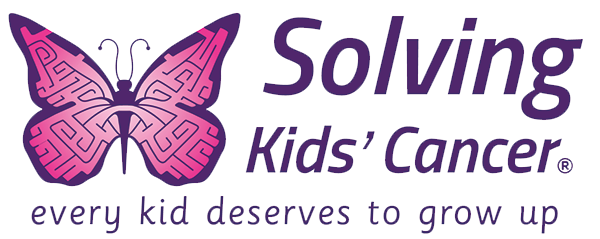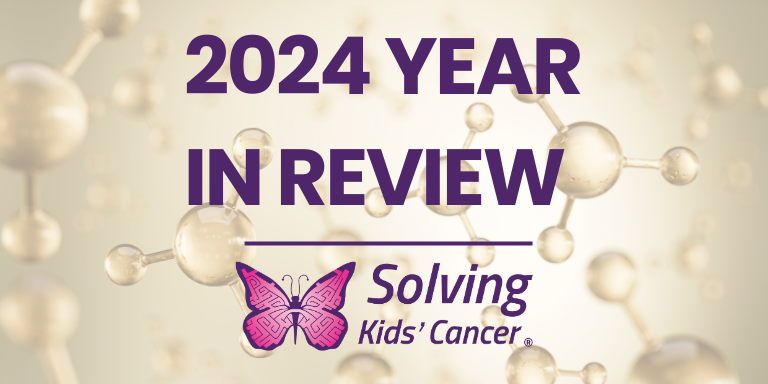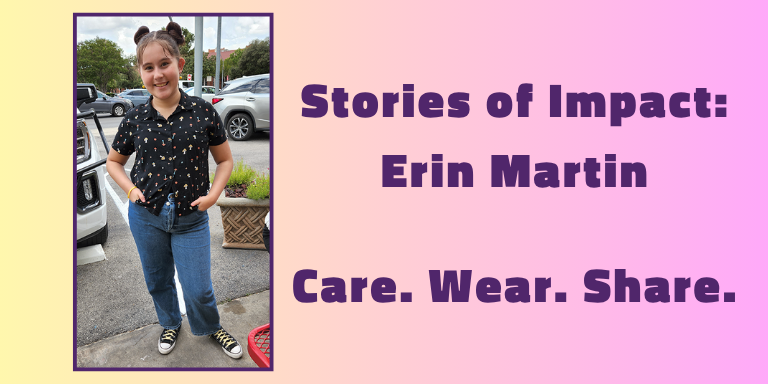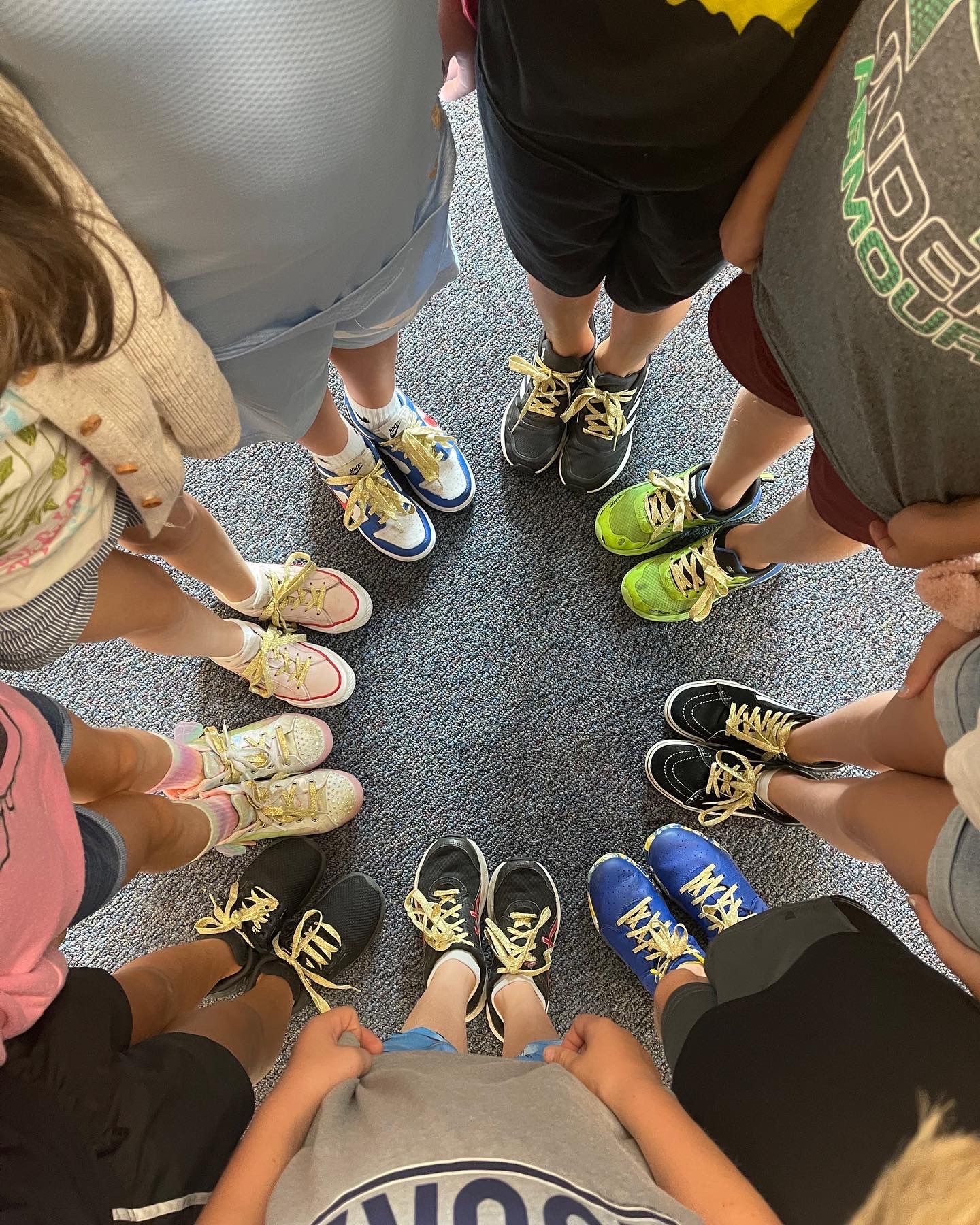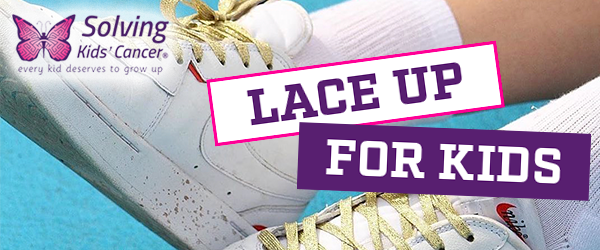Neuroblastoma Cancer Tumor in Children

What is Neuroblastoma Cancer?
Neuroblastoma is a type of rare childhood cancer tumor that develops from nerve cells in the fetus called neuroblasts. Typically, these cells mature and develop normally after birth, but occasionally, they can form cancerous tumors, causing neuroblastoma.
Neuroblastoma tumors generally develop in the adrenal glands, which are located on top of the kidneys. However, they can also begin in or spread to other parts of the body, including the chest, neck, spine or spinal cord, abdomen, and bones.
Neuroblastoma cancer is diagnosed in approximately 800 children in the United States each year. Ninety percent of cases occur in children under five years old, though the average age of diagnosis is between one and two years old. Still, because neuroblastomas form from fetal nerve cells, children as young as newborns can develop these cancer tumors, and neuroblastoma accounts for 50% of all cancer cases in infants.

Neuroblastoma Signs and Symptoms
Neuroblastoma signs and symptoms vary greatly, but the most common symptoms include:
• A hard, painless mass or lump in the neck or abdomen
• Enlarged belly or stomach pain
• Decreased appetite or unexplained weight loss
• Leg weakness or pain
• Wheezing or problems breathing
• Drooping eyelids or small pupils
• Protruding eyeballs or bruising around the eyes
Diagnosis & Staging of a Neuroblastoma Cancer Tumor
Diagnosing neuroblastoma cancer in children relies on a variety of factors, including a physical examination; imaging tests such as X-rays, ultrasounds, computerized tomography (CT) scans, magnetic resonance imaging (MRI), and metaiodobenzylguanidine (MIBG) scans; urine tests; blood tests; and removing tissue or bone marrow for sampling.
A critical piece of the diagnostic process is staging, which determines tumor malignancy, the extent of the disease, and if it has spread to other parts of the body. There are currently two systems for determining neuroblastoma staging.
The International Neuroblastoma Staging System (INSS) determines stages based on the amount of the tumor able to be removed surgically.
Stage 1: The tumor can be completely removed by surgery and has not spread to lymph nodes.
Stage 2a: The tumor has not spread but cannot be completely removed by surgery.
Stage 2b: The tumor has not spread but cannot be removed by surgery. Nearby lymph nodes contain some neuroblastoma cells.
Stage 3: The tumor has spread to regional lymph nodes or crossed to the other side of the body.
Stage 4: The tumor has spread to distant lymph nodes, bones, bone marrow, liver, skin and/or other organs.
Stage 4S: The tumor is located only where it started (as in stage 1, 2a or 2b), and it has spread only to the skin, liver and/or bone marrow, in infants younger than one.
Because surgery is not always a treatment option, the International Neuroblastoma Risk Group Staging System (INRGSS) uses imaging tests such as CT scans, MRIs or MIBG scans to determine the stage of the disease and decide on neuroblastoma treatments. Stages are classified into four categories:
L1: The tumor has not spread.
L2: The tumor has slightly spread but has at least one image-defined risk factor (IDRF), an imaging feature seen at the time of neuroblastoma diagnosis that indicates a poorer neuroblastoma prognosis.
M: The tumor has spread to a distant area of the body.
MS: The tumor has spread only to the skin, liver and/or bone marrow in a child who is younger than 18 months.

Neuroblastoma Treatments and Prognosis
Neuroblastoma treatments for children vary based on age, stage, the type of cells involved in the cancer and whether there are additional copies of the MYCN gene present. The MYCN gene regulates cell growth. When mutated, it can cause cancerous tumors. Cancer tumors with the MYCN gene, like neuroblastoma, are more likely to spread and less likely to respond to treatment. Based on these factors, children are placed into different risk categories:
- Low Risk: Stage 1; Stage 2a and 2b in which more than 50% of the tumor was surgically removed and no additional copies of the MYCN gene
- Intermediate Risk: Stages 2a and 2b in which less than 50% of the tumor was removed and no additional copies of the MYCN gene; Stage 3 with no additional copies of the MYCN gene; Stage 4 and under 1 year of age with no additional copies of the MYCN gene; Stage 4S with no additional copies of the MYCN gene
- High Risk: Stages 2a, 2b and 3 with extra copies of the MYCN gene; Stage 4 and 4S with extra copies of the MYCN gene
Treatment plans are determined by risk category and typically consist of a combination of surgery to remove as much of the tumor as possible, chemotherapy and radiation therapy. Stage 4 neuroblastoma and higher risk patients often receive additional treatments, such as immunotherapy, bone marrow transplants, or newer treatments like MIBG therapy, which uses radioactive MIBG to target neuroblastoma cells and release radiation.1
Risk categories also determine the five-year survival rates for children with neuroblastoma.
For low-risk patients: about 95%
For intermediate-risk patients: 80-90%
For high-risk patients: 40-50%
Approximately two-thirds of all children diagnosed with neuroblastoma cancer will have some metastatic disease, and infants have a better chance than older children of remaining free of neuroblastoma after treatment.
Solving Kids’ Cancer, alongside Children’s Neuroblastoma Cancer Foundation and Solving Kids’ Cancer UK, recently held the inaugural Neuroblastoma Parent Global Symposium. This virtual event brought together families affected by neuroblastoma from around the world with those who work to treat, help and support them. During the event, international experts shared information on treatment and clinical trials for neuroblastoma treatments through live presentations, panel sessions and Q&As.
Solving Kids’ Cancer’s Role in Neuroblastoma Research
Despite multi-modal treatment with chemotherapy, surgery and radiation, children with high-risk neuroblastoma have a more difficult prognosis. A recent combination of chemotherapy and anti-GD2 treatment has shown promise for some children with neuroblastoma who have relapsed or refractory disease.2
In our research approach, Solving Kids’ Cancer is championing clinical studies using novel combinations of new modalities like immunotherapy and targeted therapies against validated biomarkers along with developing better drug delivery and identifying new targets for immunotherapy and targeted agents. Building on this, Solving Kids’ Cancer is working in tandem with the research community to move these promising new modalities much earlier in the course of treatment for newly diagnosed children.
These collective efforts hold great promise for improved outcomes and are enabled by our ability to remain independent from single institutions and work with collaborators internationally.
Solving Kids’ Cancer is currently supporting seven neuroblastoma clinical trial and development projects, in addition to the 17 previously supported. A recent achievement was spearheading an international effort to bring Lorlatinib, an investigational drug candidate in development for lung cancer, to a transatlantic new clinical trial for kids with neuroblastoma. While the trial has not yet concluded, the early results for Kira, a teenager in Scotland, are very promising.
Solving Kids’ Cancer believes the launch and support of just one clinical trial can save lives and change the world for children with cancer. Your gift makes innovative clinical trials for kids like Kira who are fighting neuroblastoma possible — because every kid deserves to grow up®.
